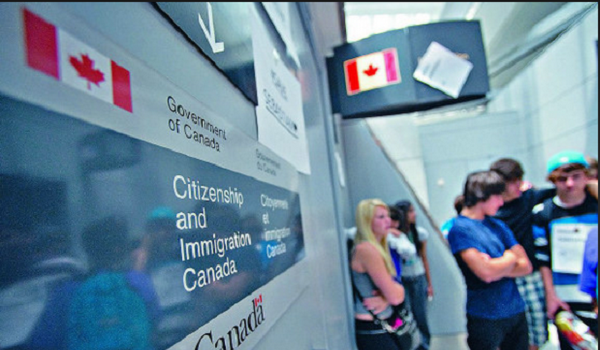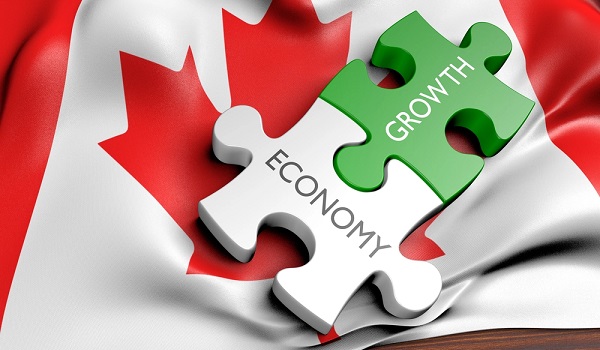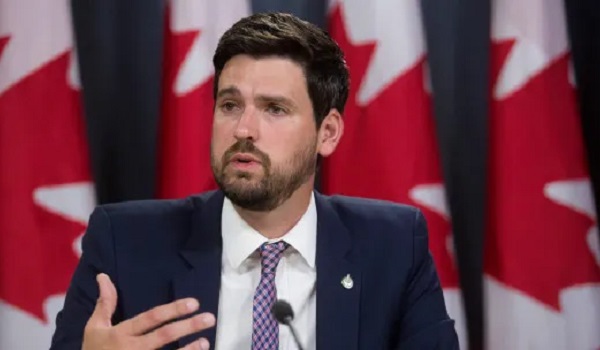Internal government docs reveal Canada rejected the option to add one million permanent residents per year
Before Justin Trudeau’s government landed on a plan to bring in about 400,000 permanent residents per year, cabinet considered a proposal that would have opened the door significantly wider in a single year, the Star has learned.
Amid growing scrutiny of Ottawa’s immigration rates, internal government documents show the Liberal government rejected an option to raise the immigration rate to one million per year.
A plan drafted by a deputy minister lays out three options for how many permanent residents the country could accept in 2023 — as well as the pros and cons of each option.
The most ambitious of the three would have seen Canada accept a million permanent residents for that year.
The memorandum, which was put together for cabinet’s consideration back in 2020, offers additional context for the path the government eventually chose on Canada’s modern immigration targets, which have faced criticism in recent months amid inflation, housing and health-care strains.
It was submitted before then-immigration minister Marco Mendicino unveiled the Liberals’ plan to support economic recovery from the pandemic through immigration. Ultimately, the cabinet settled on ushering in an annual rate of about one per cent of Canada’s population — 401,000 permanent residents in 2021, 411,000 in 2022 and 421,000 in 2023.
“This proposal puts forward options that reflect the Government’s ambition and priorities for immigration,” it says. “All options signal future growth and reflect the continuing importance of immigration, with broad ranges for flexibility amidst uncertainty.”
The document was part of a 112-page filing to the Federal Court for a legal challenge against Ottawa recently over family reunification.
Due to lockdowns and travel restrictions, the initial 2020 immigration plan had been completely upended, falling far short of the initial 341,000 target. With the border still closed and observers expressing concerns over the shortfall on Canada’s economy, the proposal with the three options tabled to the cabinet called for a growth plan.
“The proposed immigration levels plan aims to protect and enhance Canada’s immigration advantage, leverage it to welcome a growing number of newcomers who will contribute to short-term recovery and long-term growth, and seize the opportunity to help shape and support a future vision for our country,” said the plan.
A “forward-looking” plan, it said, would support family reunification, boost francophone communities outside Quebec and keep Canada competitive on the world stage while, in the short run, addressing regional labour market needs and allowing more international students and foreign workers to become permanent residents.
Consultations with provinces, said the report, indicated British Columbia and Alberta advocated a pause in immigration growth while Ontario and others emphasized increases that were “modest, incremental, stable and managed.”
Department officials provided three options:
- Growth through carrying over the 2020 shortfall over three years: raised the 2021 level from 341,000 to 401,000, to 411,000 in 2022 and 421,000 in 2023;
- Staying the course of the original plan — 351,000 in 2021 and 361,000 in 2022, while consulting with Canadians on a steeper trajectory of future growth;
- Exponential levels of growth that would see the 2021 target intact and the 2022 target up to 500,000 and one million in 2023.
In laying out the three options, officials did not indicate a preferred choice. Regarding the final option, they did say maintaining the 2021 original target would allow the department a year to prepare for the planned surge in 2022 and 2023.
“This option not only supports economic recovery, but also goes beyond through a vision of ambitious growth,” said the memorandum.
It cited public confidence in Canada’s “long history of managed migration” as an advantage to roll out such a plan when other countries such as the United States, the United Kingdom, Australia, New Zealand and Switzerland had signalled a desire to reduce immigration levels.
The government would settle on slightly raising the immigration intake for 2021-23 from the previous plan.
The fact that an intake of one million for 2023, almost three times above the original target of the year before, was put forward for consideration floored critics.
“Immigration, Refugees and Citizenship Canada was clearly foolish to think that one million was a number that would maintain public support for immigration,” said University of Ottawa law and public health professor Amir Attaran, who obtained the cabinet memo.
“Obviously, we’ve never been close to a million and IRCC wanted cabinet to consider doing something clearly out of precedent. It wasn’t gradualism. It was extremism.”
Vance Langford, co-president of the Canadian Immigration Lawyers Association, isn’t sure how serious the government was with the one million option, but said it’s probably the first time in Canadian history that it would have ever been presented as an option.
“The IRCC provides technocratic support to cabinet on the levels plan so they assess scenarios based on Canada’s policy goals, budget, operational capacity, economy, labor market needs, global factors etc.,” he explained.
“The cabinet has the final say and it includes political considerations in their decision making. The memo that you shared shows how IRCC was transparent about the high risk of significantly increasing PR levels amid the pandemic. And the cabinet decided to proceed with a significant increase anyway.”
The report did acknowledge that this most ambitious option could pose challenges to the system in terms of processing capacity and infrastructure as the department and its partners, such as the Canada Border Services Agency, would need $4 billion to $6 billion to manage the significant increases in admissions. It also mentioned the pressure it could put on housing, education and health service infrastructure for provinces and municipalities.
“We are at a unique juncture in Canadian history. We are facing the challenge of our generation, and we will meet our moment,” Mendicino told reporters on Oct. 30, 2020 after he tabled the federal government’s 2021-23 immigration plan in Parliament.
“Before the pandemic, our government’s goal to drive the economy forward through immigration was ambitious. Now, it is simply vital.”
While the department has worked hard to improve the immigration system, Langford, the Calgary-based lawyer, said there seems to be a disconnect between the government’s commitment and capacity for such growth.
Canadians’ support for high immigration would take a hit, however, amid the skyrocketing inflation, global interest rate hikes and housing crisis over the past year.
The public pushback prompted current Immigration Minister Marc Miller to hold back any further immigration increases by keeping the levels at 485,000 new permanent residents in 2024, 500,000 in 2025 and plateau at 500,000 in 2026.
Gabriela Ramo, chair of the Canadian Bar Association’s immigration section, says tying immigration levels to housing and health care oversimplifies these complex socioeconomic issues, and in tough times, people tend to look easy solutions but there’s so much at play that immigration is just a small piece.
I’m not looking at it and say, if they had done 50,000 less, then the housing crisis would be better. I really don’t think that’s the case,” said the Toronto lawyer.
“For me, the key issues are you pick levels, how are you going to deliver these? How are you going to ensure accountability? What are you doing to ensure fairness? Those are the issues we need to be talking about and making sure that our immigration system remains robust, approachable and accountable and responsible.”
The Immigration Department declined to comment on the proposed levels plan it submitted to the cabinet but said annual immigration targets take into account demographic and regional needs, the labour market, humanitarian commitments, family reunification and processing capacity.
This article was first reported by The Star
















